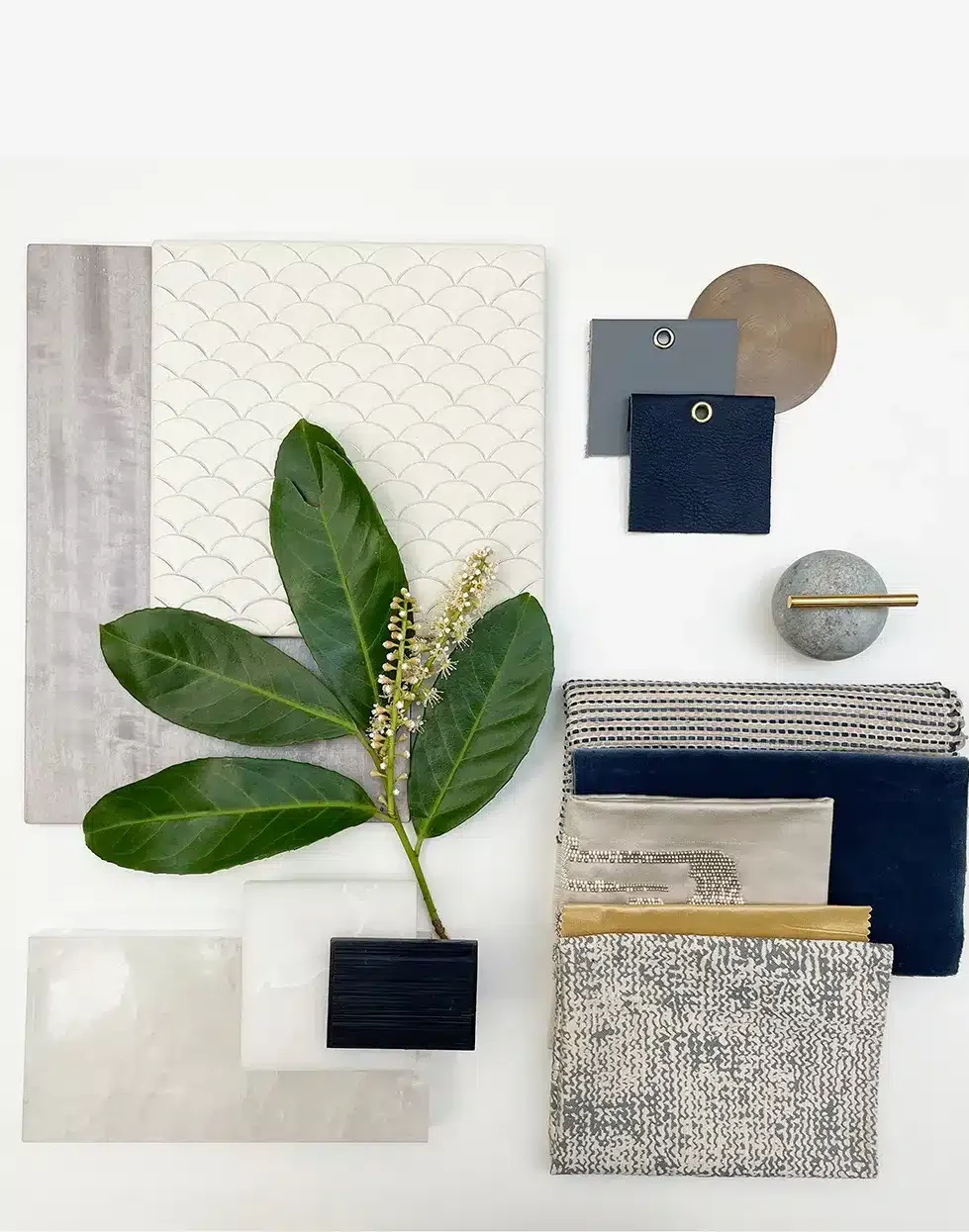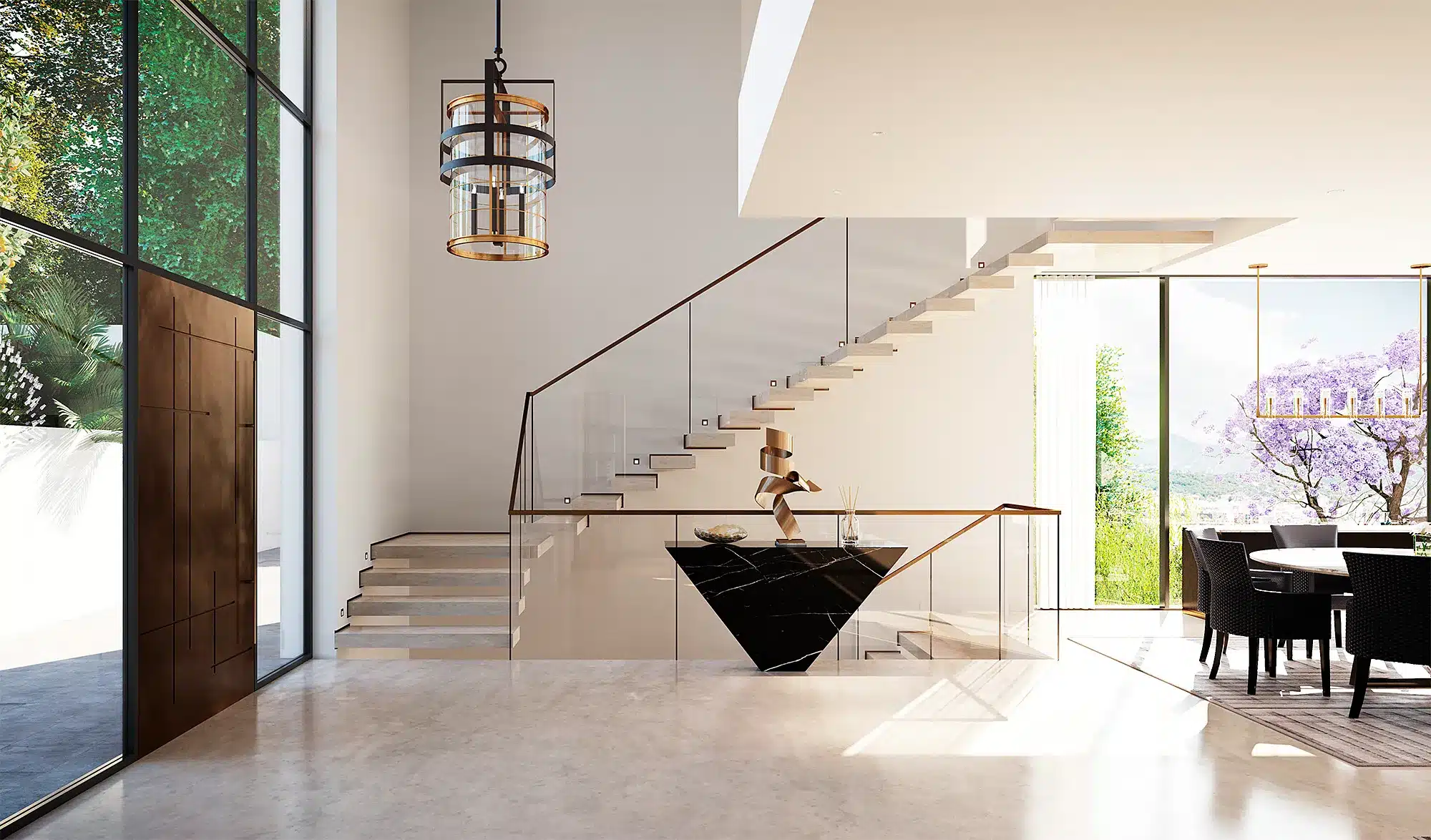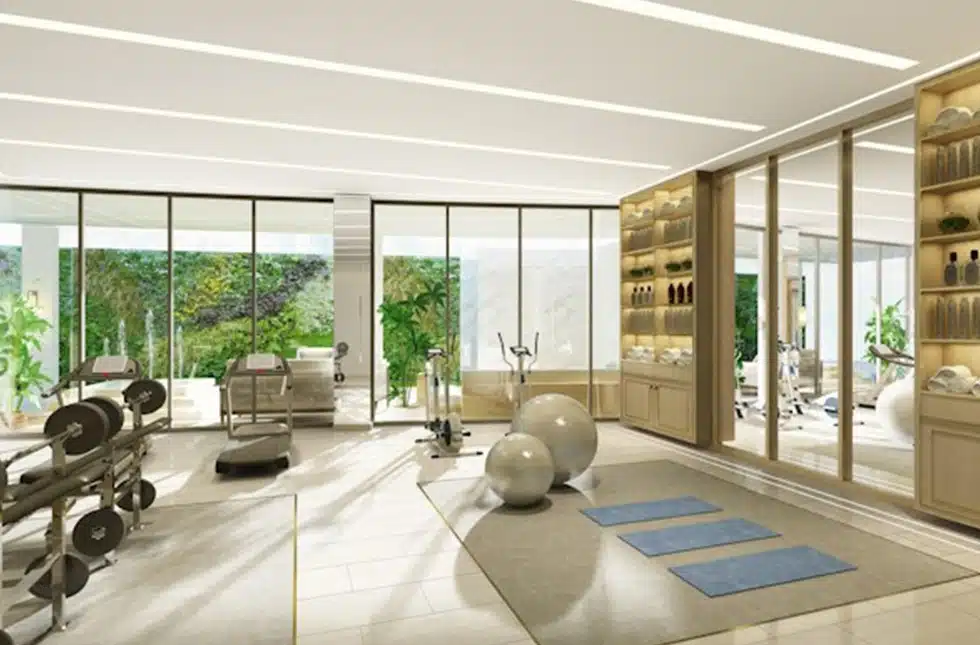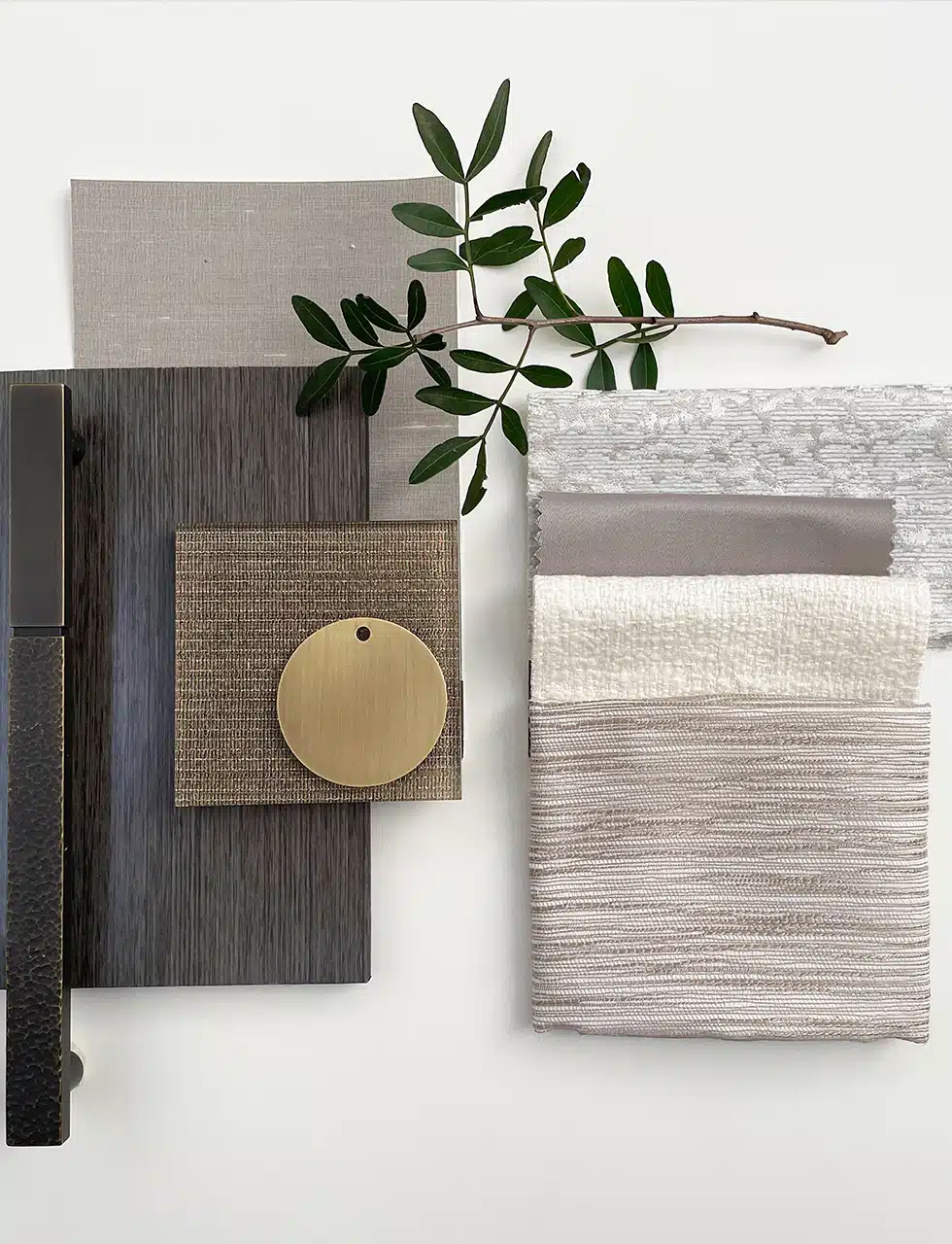Sustainability is becoming increasingly relevant in all industries, including Interior Design. It is now clear how fragile our interconnected world is, and how imperative it is to place thoughtful, respectful, non-wasteful thinking at the centre of our design practices. Consequently, there has been a shift towards spaces that are beautiful and luxurious but not to the detriment of the natural world that surrounds us.
In our industry, homeowners, interior designers, architects and students alike can make a conscious effort to design with an eco-friendly approach. Great design inspires, calms, offers sanctuary and elevates the quality of one’s life. I’d say the real essence of design is to create a feeling of peace, more than a specific style. This can always be accomplished while being kind to humans, wildlife, and the planet Earth.
WHAT SUSTAINABILITY MEANS FOR INTERIOR DESIGN
Exploring the implications of sustainability in interior design, the International Journal of Sustainable Built Environment explains ‘sustainable interior design’ encompasses employing aesthetic principles and strategies on a global scale. With each day comes the opportunity to make a positive impact on the world and we do not take this for granted.
At Katharine Pooley, we see every project as an opportunity to make sustainable changes. We are determined to make careful choices that delight our clients and have a positive impact at the same time. We have made changes to reduce our carbon footprint on our daily operations and our projects, including supporting several colleges and universities with our excess samples to ensure waste is minimised, and prioritising suppliers that place sustainability at the forefront of their manufacturing.
From choosing energy-efficient lighting to utilising reclaimed wood, how can we make our interiors more environmentally friendly? Interior designers wield significant influence over the sustainability of residential and commercial spaces, as they dictate the selection of materials and products used, shaping how individuals will engage with their environments. Here are several fundamental principles to consider:
DESIGN FOR WASTE REDUCTION
Not only do sustainable materials help the planet, they can also be used as an asset for creative and aesthetic design. Reclaimed wood, bamboo, recycled metal, cork and jute fibres are just some of the quality materials that can be incorporated into a stunning interior design. Wherever possible, we aim to use natural fibres in our specifications. Wool, mohair, cotton, linen, jute, cashmere, sisal and bamboo are all far more sustainable and better for our health than man-made fibres.
We push for change and encourage sustainable progress with our suppliers. We endeavour to utilise companies who place sustainability at the heart of their manufacturing methods and encourage an open dialogue around environmental practices.
We seek to reduce waste through sampling, accurate measuring, printing and energy use. This is something we are constantly working on, and we have a full-time librarian and dedicated procurement team to ensure that all calculations are economical, efficient and minimise wastage.
We often refurbish existing properties where we relish the opportunity to adapt and conserve, whilst retaining the integrity of the building. We employ the best craftspeople to upcycle, French polish, reupholster, paint or stain items of furniture to give them a new lease of life when requested by our clients. We use antiques where suitable to minimise carbon footprint.
Rustic styles compliment the use of reclaimed wood to provide the material for furniture, flooring or shelving. Recycled metal leans into an industrial style that can add dimension and texture to any space, while originating from a sustainable source. The process of reusing or upcycling generates far less waste and helps to use resources we already have, meaning fewer carbon emissions are released in its production.
We place great effort on avoiding endangered tree species such as Ebony and Bolivian Rosewood. Alternatively, we source veneers and timber from the Forest Stewardship Council (FSC) and PEFC certified suppliers. I also love incorporating living trees and plants into my designs and am thrilled to see many projects submitted in international awards featuring these in urban environments. Furthermore, repurposing reclaimed timber flooring planks is a wonderful way to bring sustainable design right into the heart of homes.
Rustic styles compliment the use of reclaimed wood to provide the material for furniture, flooring or shelving. Recycled metal leans in to an industrial style that can add dimension and texture to any space, while originating from a sustainable source. The process of reusing or upcycling generates far less waste and helps to use resources we already have, meaning fewer carbon emissions are released in its production. Timber is sourced from FSC.
DESIGN FOR ENERGY EFFICIENCY
Our designs tackle durability, ease of maintenance and have longevity at their heart. Fast-fashion in interior design is endemic and inherently wasteful; by contrast, every KPL interior is made up of the highest quality pieces, crafted to be the heirlooms of the future. Our team of talented architects place sustainable MEP design solutions at the core of our projects. We have completed a number of projects featuring air source heat pumps and solar photovoltaic solutions.
We also seek out suppliers who are located close to our projects to minimise shipping and travel costs. We push our suppliers to make conscious choices over their materials and processes, and prioritise products and makers whose workshops operate using sustainable energy sources.
The consumption of energy is one of the major contributors to rising CO2 levels. In order to tackle this, interior designers and architects can work to improve a building’s energy efficiency by providing renewable, non-carbon-based energy to the building or reducing the amount of energy needed for heating, lighting and appliances.
For example, this can be done by maximising natural light sources. In fact, not blocking windows and allowing more light in reduces the need for artificial lighting to be on all day. Fitting windows with insulating curtains and blinds can also help to effectively control the temperature of the room by stopping the heat escaping outside and preventing cold drafts.
DESIGN FOR LONGEVITY
Interior designers should consider the lifespan of any materials they plan to use and ensure that everything they choose to include in the design will last as long as possible with the smallest health impacts, while still being cost-effective. This requires designing durable and timeless spaces that will still be functional and relevant for years to come.
Alongside our building contractors, we seek to ensure that items which can be sold for reclamation are stripped out with care from our projects. Similarly, clients’ existing unwanted items of furniture are sold at auction or donated to charity.
We champion Britain’s small to medium workshops, ateliers and makers, and support them in the creation of world-leading furniture and furnishings. This ensures that historically important craftsmanship is retained for future generations, and also minimises transportation for our domestic projects.
We also work to ensure that all our projects promote the usage of eco paints that have reduced or minimal VOC, which are sadly the norm in many home décor products today.
I feel privileged to be an ambassador with London-based charity The Childhood Trust on their ‘Decorate a Child’s Life’ programme. My team and I devote our time to transforming the bedrooms of some of the 70,000+ children in London sadly living in poverty. We achieve this by using spare furniture, fabric offcuts and fittings, asking our suppliers to donate unused stock, then translate a bespoke bedroom design into the powerful motivation to provide hope and comfort in tough times.
I mentor up-and-coming designers by working with organisations such as United in Design, which empowers individuals from minority ethnic groups that are encouraged and supported to enter design.
I am immensely hopeful for the future of design if we all pull together. I urge them all to educate themselves on sustainability as the single most important issue in design in this day and age – indeed, ignorance is no longer an excuse.












